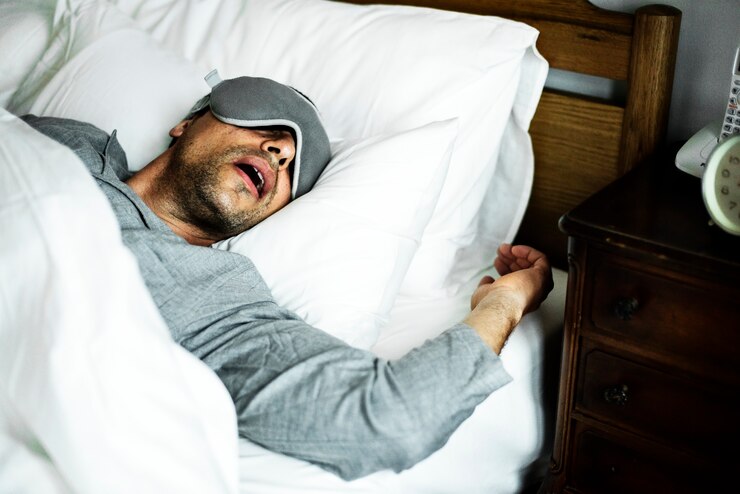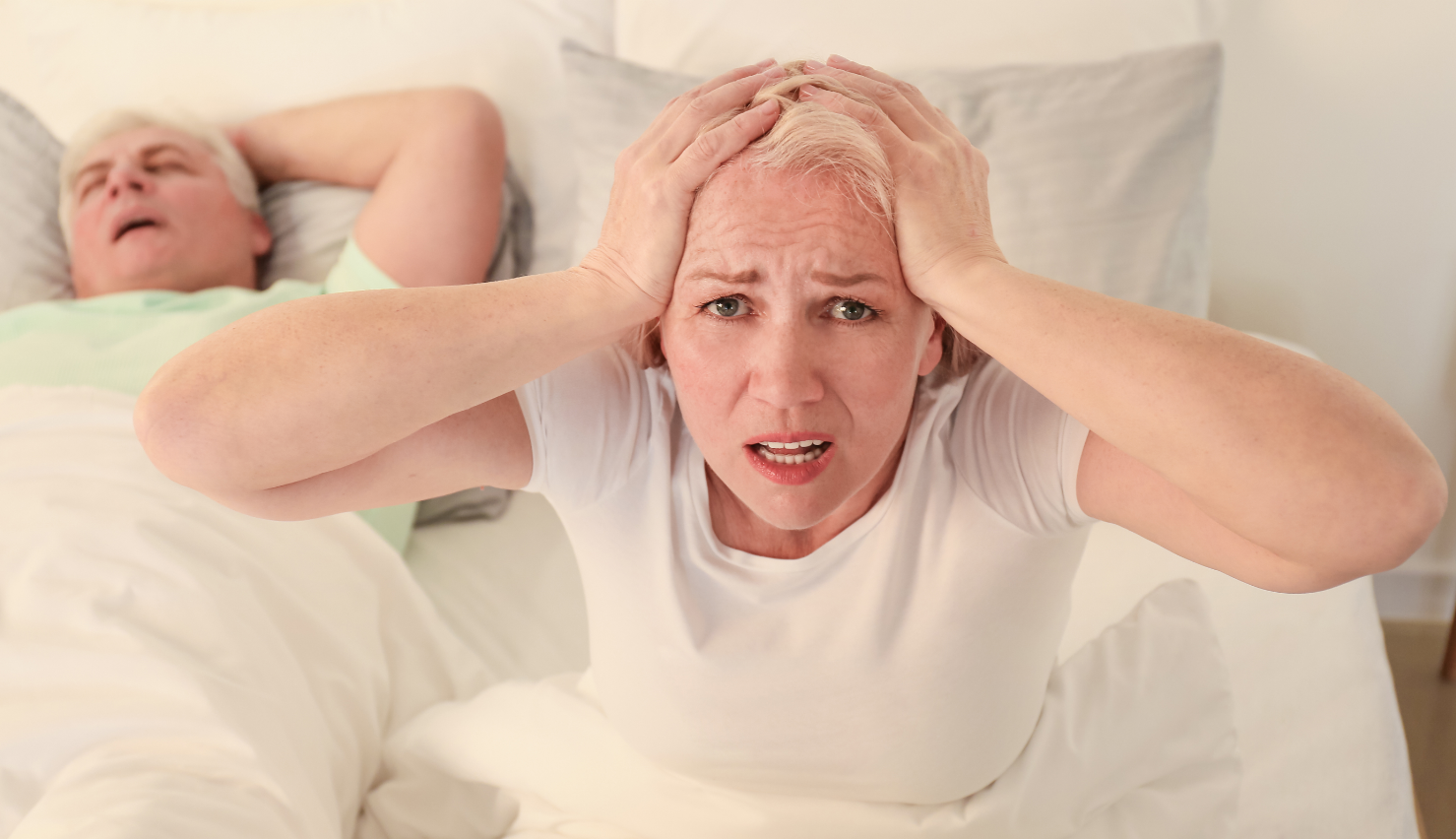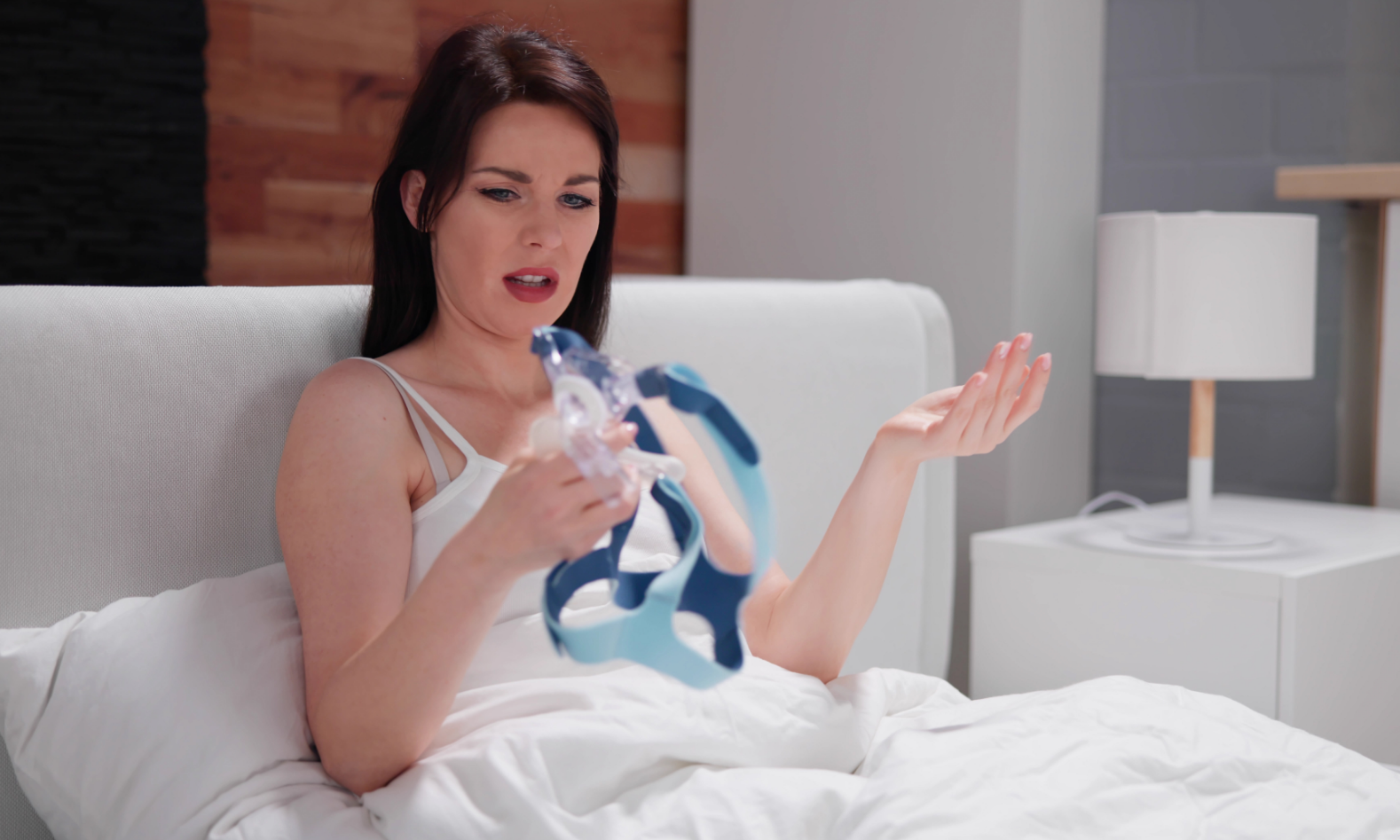Are restless nights, ongoing tiredness, and the annoying consequences of sleep apnea getting you down? If so, you’re not alone. Millions of people battle with this sleep condition, which can seriously affect general health and well-being. Not to worry though! Oral sleep appliances provide a solution that transcends loud CPAP devices or intrusive surgery. Providing comfort, convenience, and a quiet night’s rest, these creative devices are revolutionizing the treatment of sleep apnea.
Types of Oral Sleep Devices
Oral sleep appliances have become a somewhat popular and efficient substitute for conventional therapies for sleep apnea. These devices are meant to help keep the airways open during sleep, therefore facilitating better breathing and less frequency of interrupted breathing.
Mandibular advance devices (MAD) are one kind of oral sleep aid. This device helps prevent the collapse of soft tissues in the neck that could cause blocked airflow by orienting the lower jaw forward. Dentists or orthodontists custom-make MADs for a fit that is unique.
One other kind of oral sleep aid is the tongue-retaining device (TRD). This gadget keeps the tongue in position during sleep, as the name implies, stopping it from falling back and obstructing the airways. Usually composed of soft materials, TRDs resemble a tiny suction cup affixing to the tip of your tongue.
Apart from MADs and TRDs, there exist combination therapy devices combining aspects of both kinds. These hybrid gadgets have changeable settings for the best effectiveness and comfort.
Not all oral sleep devices, it’s crucial to remember, fit every person. The ideal choice relies on personal taste, degree of symptoms, and individual anatomy among other elements. See a medical practitioner specialized in sleep disorders to ascertain which kind would be most appropriate.
Advantages of Oral Sleep Devices
Should you or a loved one have sleep apnea, you are aware of how
0.disruptive and negative it may be to your quality of life. Apart from making you feel exhausted and sleepy all day, continuous disruptions in breathing during sleep might have major long-term health effects. Fortunately, oral sleep appliances are one of the tools accessible to assist control of this disorder.
Customized tools worn in the mouth while sleeping are oral sleep appliances. They operate by moving the tongue or jaw to maintain open airways throughout sleep, therefore enabling continuous airflow. Using this equipment helps mostly in reducing or even eradicating snoring and periods of disrupted breathing.
Oral appliances are small and portable unlike conventional continuous positive airway pressure (CPAP) machines, which need to wear a mask over the nose or mouth during sleep. For those who travel often or find it difficult to acclimate to CPAP treatment, this makes them more handy and simple.
The comfortability of oral sleep devices over other treatment choices is also another benefit. Many people find it difficult to regularly follow CPAP treatment since they find wearing a large mask uncomfortable and limiting. A non-invasive solution that lets you more naturally move during sleep is oral appliances.
For patients with mild to severe obstructive sleep apnea who might not absolutely need continuous positive airway pressure treatment, oral devices also offer a good alternative. In those with hypertension as well, these devices have been demonstrated to dramatically lower blood pressure levels and symptoms of daytime tiredness.



